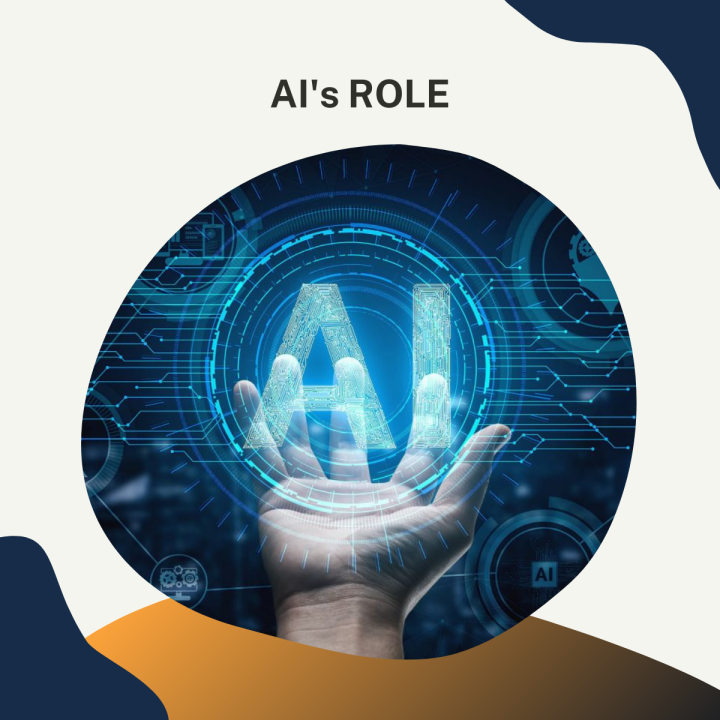
The Internet of Things (IoT): What is AI’s Role?
The Internet of Things (IoT) has been making headlines for a while now, and while it’s certainly true that IoT is set to change our lives in unimagined ways, few of us realize that none of it is possible without advanced artificial intelligence (AI). In important and quite interesting ways, it’s the mind-blowing power of AI that’s pushing IoT forward and undergirding its future potential.
From self-driving automobiles that connect to the Internet and understand road signs and traffic signals to the networked operational processes and industrial control systems (ICSs) that drive modern manufacturing, IoT is increasingly reliant on sophisticated iterations of AI.
What many of us should (but likely don’t) fully comprehend is that AI and IoT have been merging for some time, creating what many now refer to as “AIoT” - a smart, fully-networked collection of devices and systems that communicate seamlessly across powerful 5G networks. If AI is the “brains” of the operation, then 5G is the digital superhighway supplying that intelligence with the information it needs to learn and grow. These fifth generation mobile networks, offering zero lag, make consistently real-time data processing a reality.
Information is the fuel that powers IoT (or AIoT). Networked devices range across the expanse of the Internet, collecting, processing, and sharing truly vast amounts of data. By some estimates, IoT-based devices generate upwards of a billion gigabytes of data daily. Artificial intelligence, or programmable intelligence that lets those same devices learn, reason, and process information like human beings, uses this data to become more efficient and productive. As more devices come online and begin contributing to this exponentially-growing data pool, the better the devices are likely to perform in service of their human owners and operators. By 2025, roughly 42 billion IoT-connected, AI-guided devices will be working synergistically across the Internet, becoming a little - or maybe a lot - smarter by the day.
While IoT has already permeated modern life, most of us haven’t spent of time pondering the origins - and future implications - of the “smart” watches, phones, cars and security systems we’re increasingly enamored of and reliant upon. But with AI using “big data” to make devices and systems smarter and smarter at a faster and faster pace, we’re primed to enter what, until quite recently, has been regarded as pure science fiction.
The Apple Watch and FitBit are one thing, but truly-revolutionary and much more accurate “wearables” - AI-based and capable of handling seemingly-infinite amounts of data - are about to go mainstream. Technology has advanced to the point that wearables can now monitor body temperature, blood oxygen levels, blood glucose levels and respiratory rate. They are, without exaggeration, personal and portable diagnosticians. The can aid diabetes patients by taking blood glucose readings. They can monitor fertility. They can monitor abnormalities in sleep patterns and muscle bio-signals (EMG). Wearable technologies are set to parallel technologies that, until quite recently, were only available in hospitals and research labs. The implications for human health - and for disease prevention in particular - are enormous. By 2023, the wearable industry is expected to be worth at least $87 billion.
At the same time, the “smart home” is set to become much, much smarter. AI-controlled appliances, lighting, electronic devices are more set to become vastly more sophisticated, reflecting their owner’s preferences and habits and - more than ever - doing a fair imitation of HAL from 2001 (the efficient HAL, not the murderous version). The rise of “support” capabilities is expected to be dramatic, again fueled by the interplay of AI, 5G and limitless data. Voice AI and Natural Language Processing (NLP) will be important components of this revolution. Home energy efficiency is expected to benefit enormously, helped in part by “smart” thermostats. Finally, we may end up seeing an incarnation of the home robots that have been a mainstay of sci-fi for decades. Many of these same technologies are being implemented by businesses whose success depends fundamentally on security, efficiency and superior customer service. The casino-and-gaming industry, a major “early adopter” of key IoT, AI-based technologies, is representative of this trend.
Over the medium-to-long-term, cities will almost certainly become better and safer places to live. Scaled-up versions of the technologies noted will inevitably transform public transport, highways, security systems and energy use. Already, Intelligent Management Transports Systems (ITMSs) are improving traffic flow in and around major urban centers, making real-time decisions to maximize efficiency. And, of course, “smart” automobiles - autonomous or not - will have a role to play in helping planners achieve their broader goals.
Finally, across industry, the interplay of AI, 5G, and “big data” will make every sector - but particularly manufacturing and distribution - more efficient. Real-time data analytics, edge computing, supply-chain sensors, smart devices, and larger networked control systems will mitigate human error, manage the “flow” of products (and their constituent components) through time and space and slash costs. Conservative estimates suggest that eight out of ten businesses will by relying on AI-driven IoT by 2022.
With the AIoT, driven by the AI, becoming increasingly mainstream and pushing past traditional expectations of data processing and intelligent learning, we can expect to see truly landmark changes in technology moving forward. Many of us understand, on some level, that increasingly-sophisticated devices combined with improved Internet access is having an impact on technology and the way we live their lives. But few grasp the degree to which AI is ultimately responsible. Absent AI, the IoT might be possible, but it would hold none of the promise - and generate none of the awe - that characterizes today’s integration of AI, 5G and “big data.” The future of AIoT is undeniably bright, but that radiance owes a fair amount to spectacular and ongoing advances in artificial intelligence.
Wonderful read. Simple, lucid, and clear articulation is a welcome read for non-techies like me.